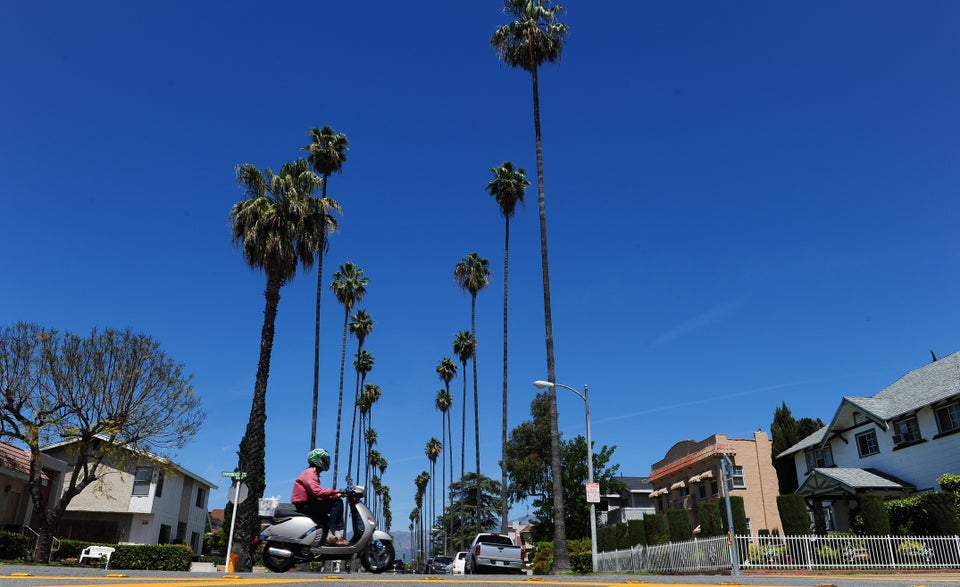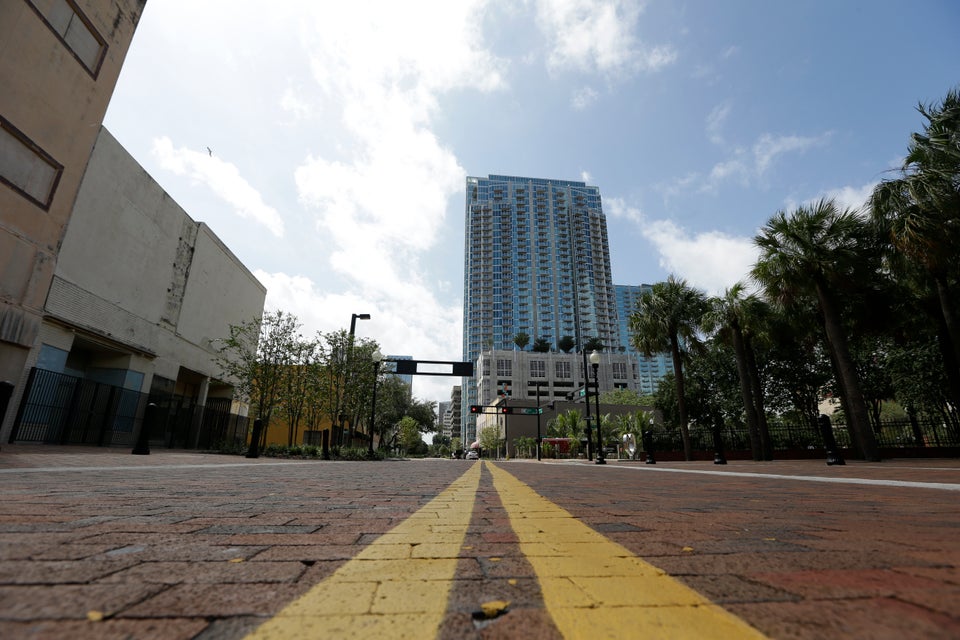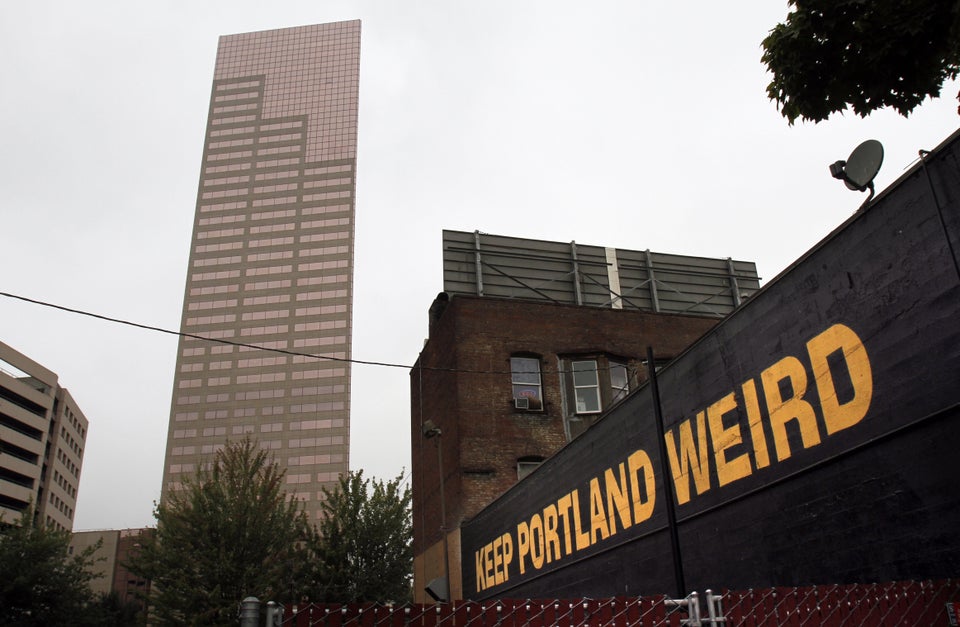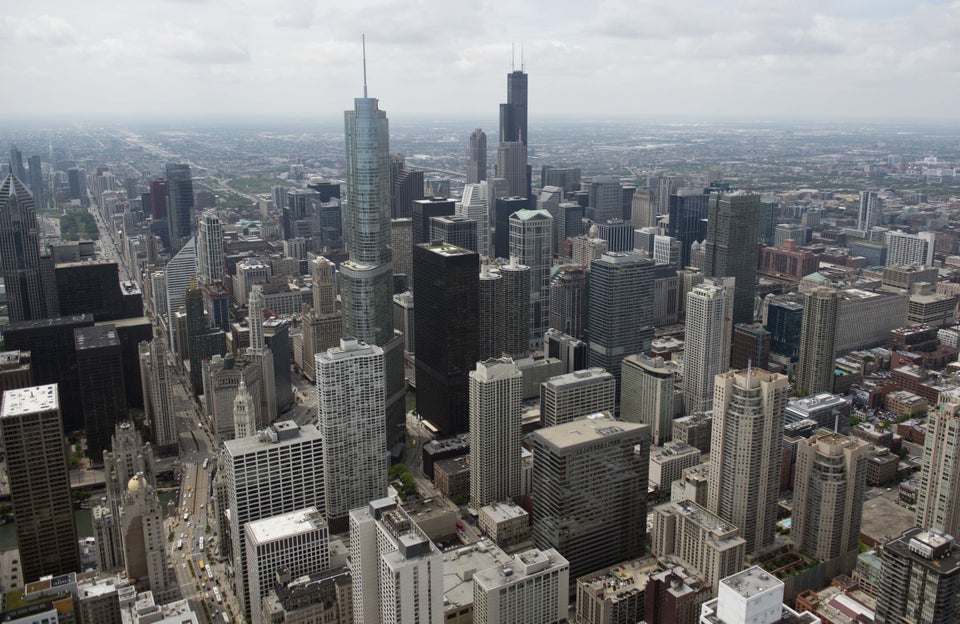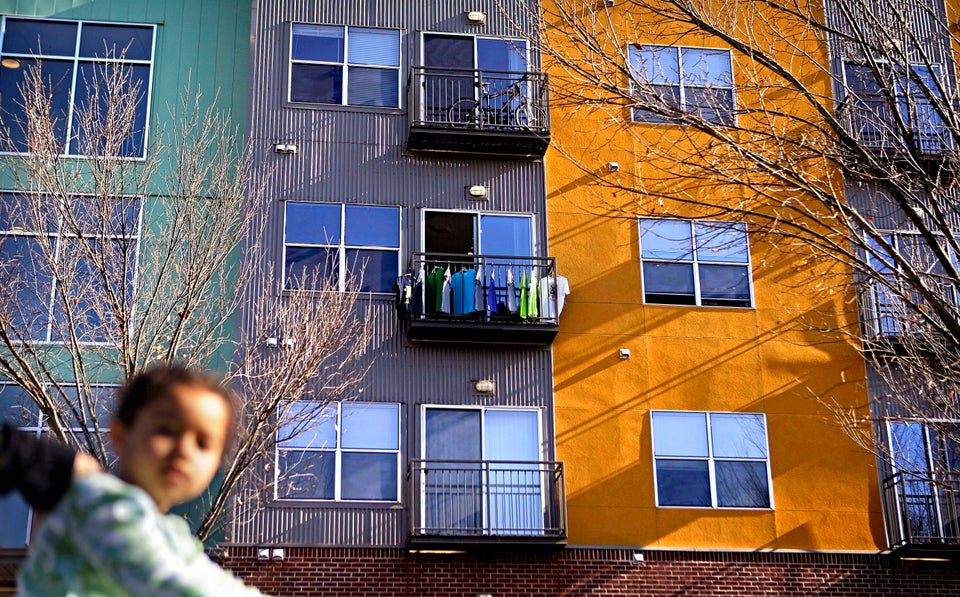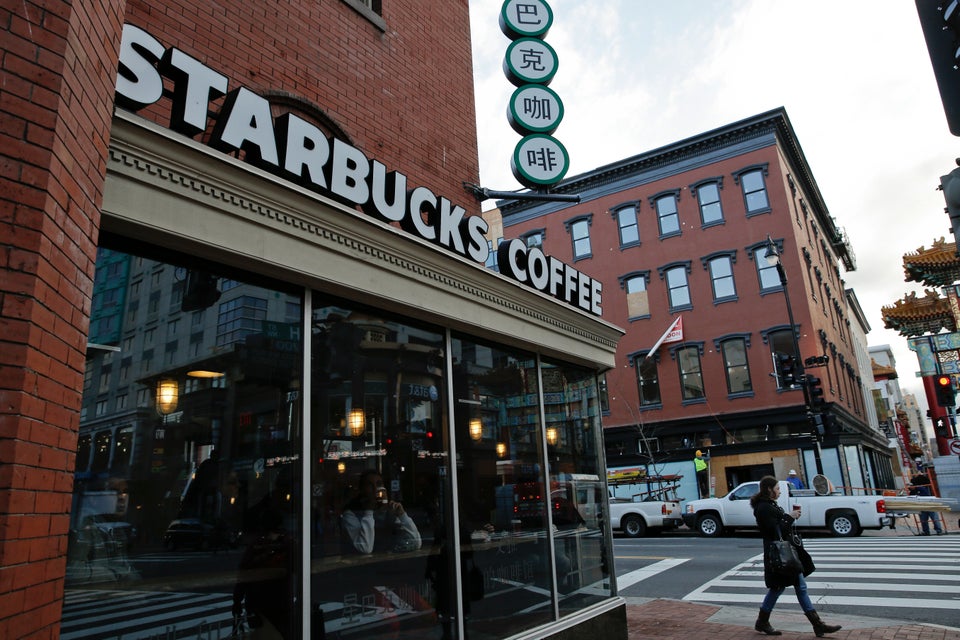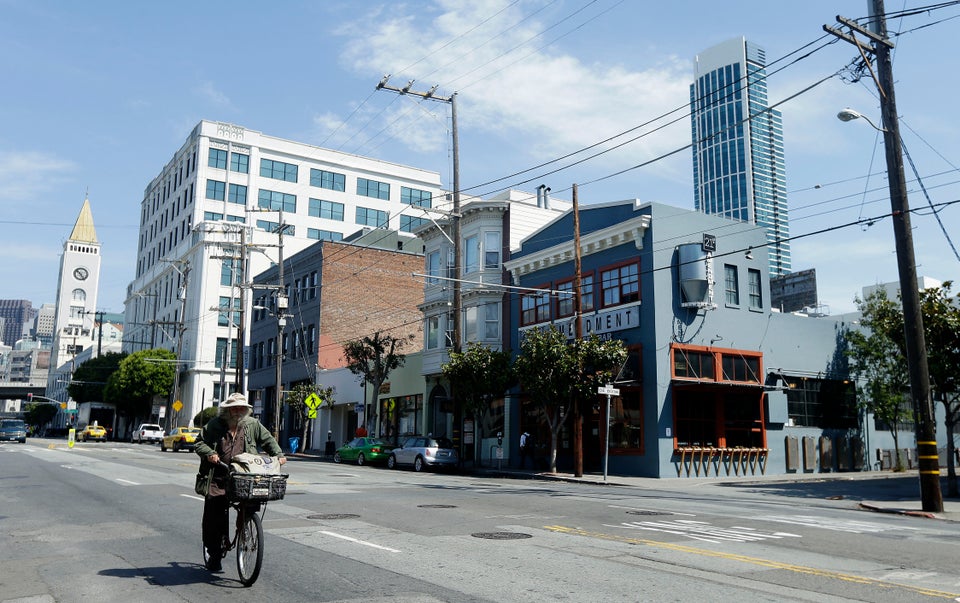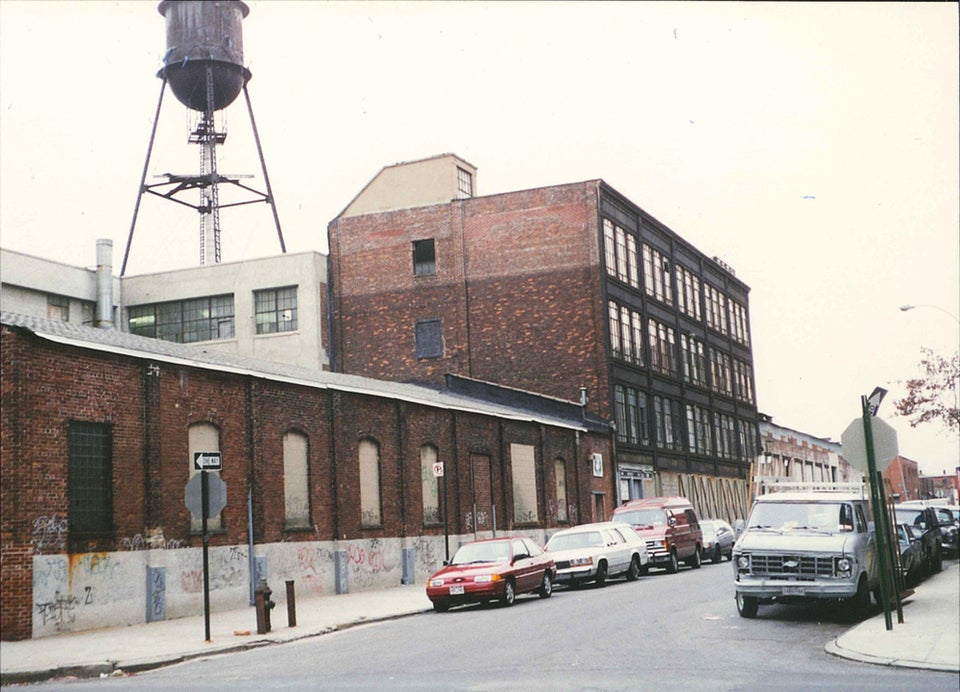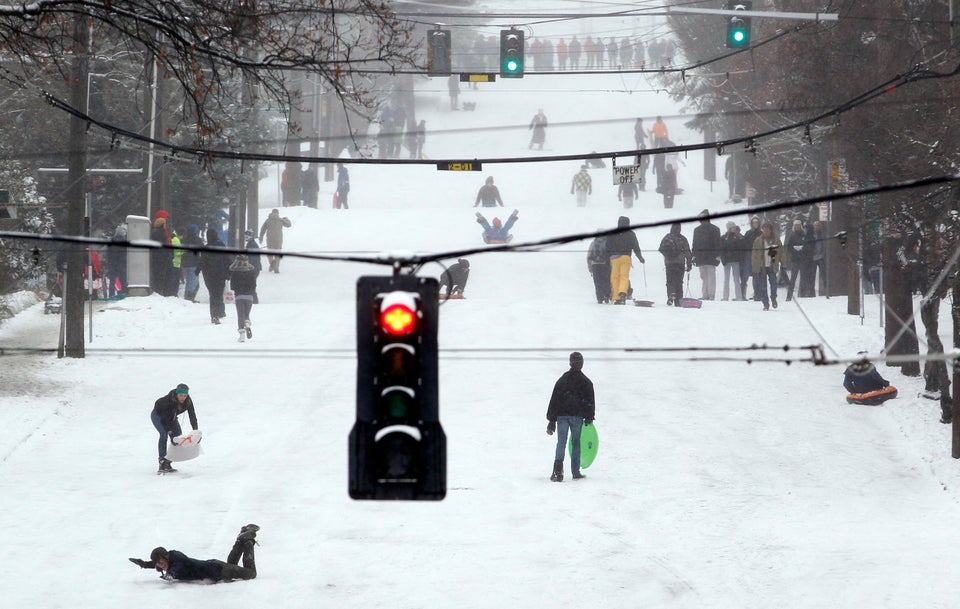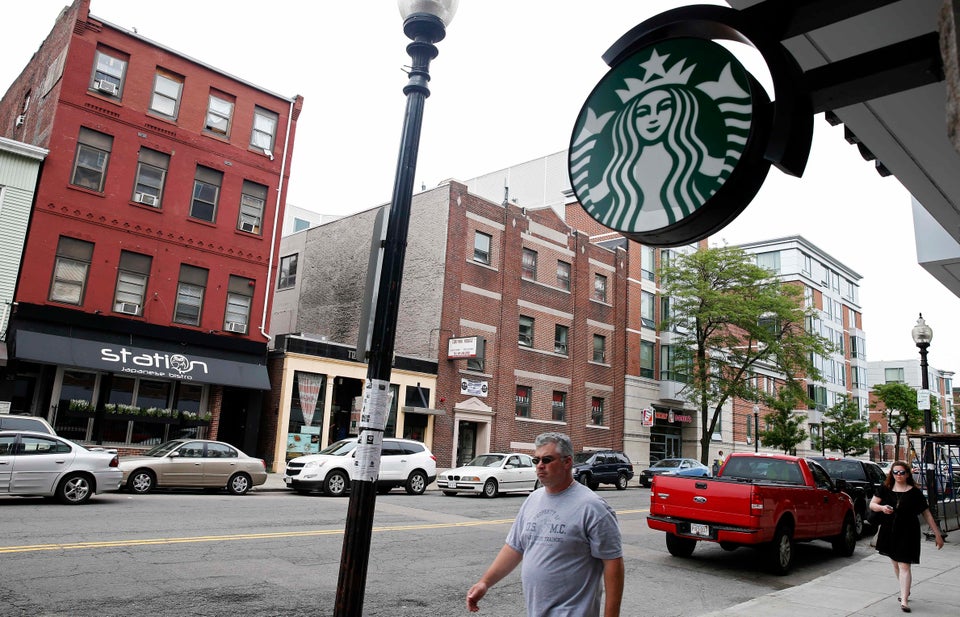With Spike Lee’s passionate critique and the hilarious "Saturday Night Live" parody, the conversation about gentrification in New York City has effectively transcended being a neighborhood-specific issue and entered the pop culture sphere -- while gaining some serious notoriety to go with it. But how does race play into this issue? While many of these transitioning neighborhoods are historically home to black families, what happens when wealthier African-Americans are the ones infiltrating lower-income communities?
In a HuffPost Live conversation on Friday, freelance writer Kashana Cauley explained the concept of black gentrification and described her experience as a middle class black woman living in Prospect Heights, Brooklyn.
“It’s a neighborhood with black gentrifiers, with black middle class residents and black working class residents who have lived here for 20 or 30 years, and with newer and older white residents as well,” she told host Nancy Redd.
The traditional understanding of gentrification hinges on blanket racial stereotypes, which presume blacks to be poor and whites to be wealthy, Cauley said. She expressed discomfort at this narrow understanding of the black experience, because it prevents passersby from seeing her and middle class peers, who do not fit into these conventional clichés, as gentrifiers.
“I mostly just wanted to be perceived as what I was. I was a lawyer. I was proud to have come from a fairly humble background and have the opportunity to have a nice job and litigate and live in a nice neighborhood,” she said. “And so when folks were asking, ‘Do you live in the projects...?’ I have nothing against the projects, I just wanted the chance to be perceived as a lawyer, somebody who had achieved some measure of upward mobility.”
Interestingly, research on the complicated issue of black gentrification reveals that the motivation for black residents to head to lower income minority neighborhoods differs significantly from that of their white counterparts. In fact, feelings of racial exclusion and a desire for “racial solidarity” often push African-Americans to flock to certain areas with a history of black culture. As such, these residents are willing to invest in their communities with the intent of creating a “economically and politically powerful black neighborhood.”
Writer Dax Devlon-Ross grappled with the issue from a class perspective and explained to HuffPost Live why he is hesitant to take up the term “black gentrifier” for himself.
“When I move to this neighborhood, does the neighborhood change substantively? Does the policing pattern change? Are there going to be new establishments that are opened up with me in mind?” he said. “And the reality that I experience over and over again is that’s not necessarily the case.”
As an inhabitant of a constantly fluctuating area, Devlon-Ross suggested that his residence may just be part of an ever-changing neighborhood in which he, too, could fall victim to the vicious cycle of displacement.
“The neighborhood didn’t get better, the real estate value didn’t go up because I was there. So what does that mean?” he asked. “Am I just a black middle class person living in a neighborhood in transition who themselves will be pushed out once I can no longer afford to live there?”
Watch the full HuffPost Live conversation about black gentrification here.
Sign up here for Live Today, HuffPost Live's new morning email that will let you know the newsmakers, celebrities and politicians joining us that day and give you the best clips from the day before!
Before You Go
